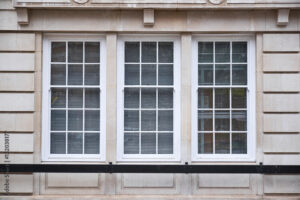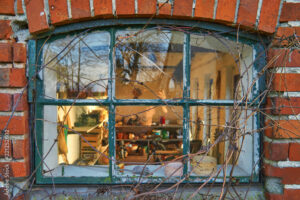When it comes to window design, homeowners, renovators, and interior designers often encounter the terms “mullion” and “muntin.” These architectural elements play a significant role in both the aesthetic and functional aspects of windows. However, they are frequently misunderstood or used interchangeably, leading to confusion. In this blog post, we’ll clarify the differences between window mullions and muntins, helping you make informed decisions for your next project.
For Tons of Great Free Information please hit “Like & Subscribe”
Websiteconstructionconsumeradvocacyinstitute.com
Podcastanchor.fm/galloway
www.youtube.com/@ConstructionConsumerAdvocacy
What Are Window Mullions?
Mullions are the vertical or horizontal bars that separate and support the panes of glass in a window. Traditionally made from wood, metal, or stone, mullions are integral to the structural integrity of large windows. They divide one large window into smaller sections, providing support and adding a classic, elegant look.
Key Features of Mullions:
- Structural Support: Mullions are essential for holding the glass in place, especially in large window installations.
- Aesthetic Appeal: They add visual interest and can be designed to match various architectural styles.
- Materials: Commonly made from wood, metal, or stone.
What Are Muntins?
Muntins, also known as glazing bars or sash bars, are the strips of material that divide the glass panes within a window sash. Unlike mullions, muntins are not structural; they hold individual panes of glass together within the sash. Muntins were more common in older window designs when large panes of glass were difficult to manufacture.
Key Features of Muntins:
- Non-structural: Muntins are primarily used to hold smaller panes of glass within a sash.
- Historical Use: They were necessary when large glass panes were impractical or too expensive.
- Aesthetic Options: Modern windows often use simulated divided lights (SDLs) to mimic the look of traditional muntins without actually dividing the glass.
How to Choose Between Mullions and Muntins
Choosing between mullions and muntins depends on several factors, including the architectural style of your home, your budget, and your personal preferences.
Consider Your Home’s Style:
- Traditional Homes: If you have a historic or traditional home, using both mullions and muntins can enhance its classic charm.
- Modern Homes: For a sleek, contemporary look, you might opt for large, unobstructed panes of glass with minimal or no mullions and muntins.
Budget:
- Budget-Friendly Options: Simulated divided lights (SDLs) can give you the appearance of muntins without the cost of true divided lights.
- Investment in Aesthetics: High-quality mullions can add significant value and beauty to your home, especially in custom or luxury builds.
Personal Preference:
- Aesthetic Goals: Think about the look you want to achieve. Do you prefer the clean lines of modern design, or the intricate detail of traditional styles?
- Functionality: Consider how the design elements will affect the functionality of your windows, including ease of cleaning and maintenance.
Conclusion
Understanding the difference between window mullions and muntins can help you make better decisions in your home renovation or design project. Whether you’re aiming for a modern aesthetic or a classic look, knowing how to utilize these elements effectively can significantly enhance the beauty and functionality of your windows.
If you’re ready to start your next window project, consult with a professional interior designer or window specialist to explore the best options for your home. Happy renovating!
For more tips on home renovation and design, subscribe to our newsletter or reach out to our team of experts.




